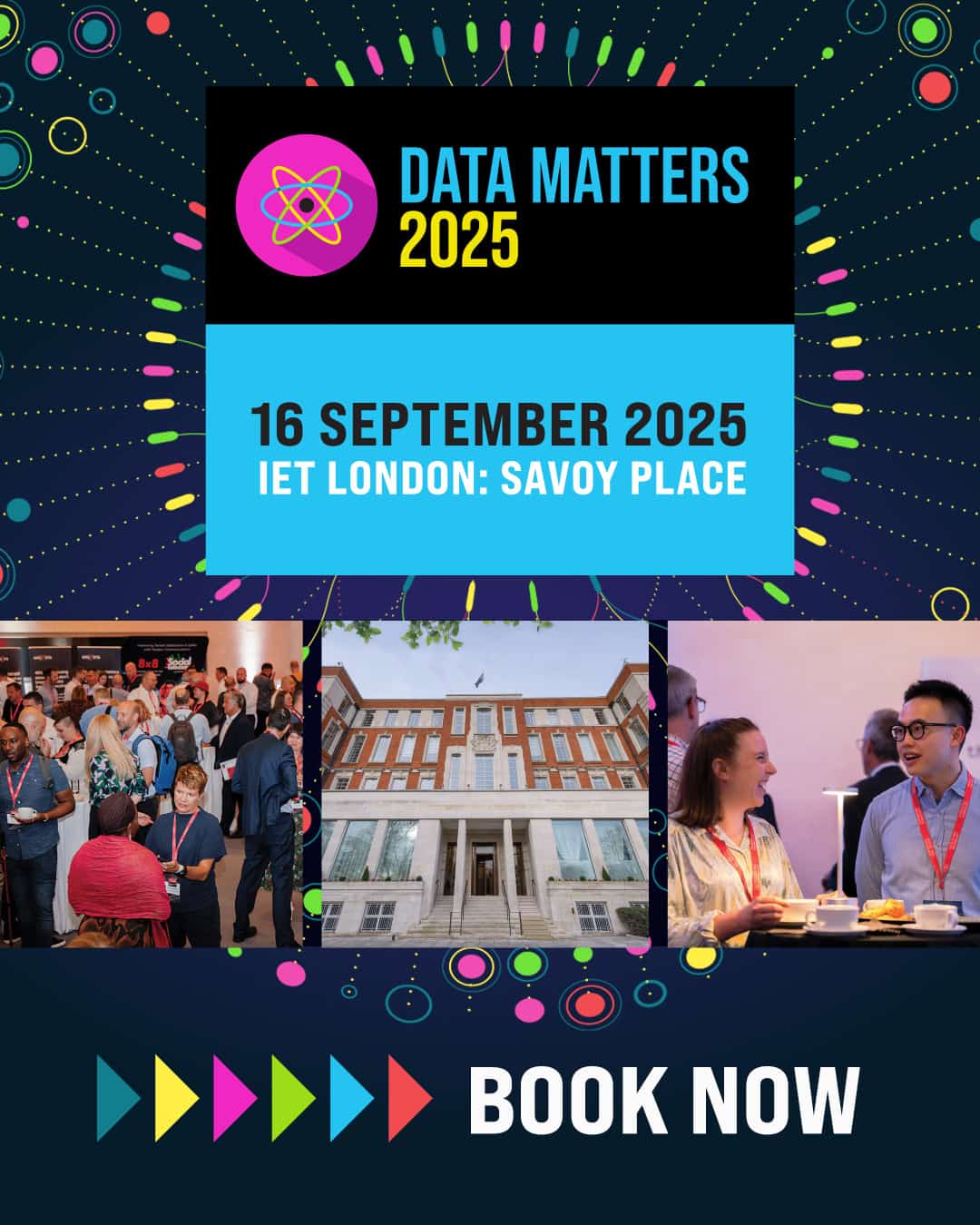The emergence of AI is a game-changer for housing providers. AI is already helping organisations across the UK to become more productive, streamline operations and enhance decision-making. For housing organisations, AI offers a way to operate more efficiently, become more resilient and ultimately improve the lives of tenants. What’s not to like?
The trouble is the sheer number and variety of AI applications can feel overwhelming, leaving many housing providers unsure of where to begin on their journey.
The good news is that many housing providers might be further along their AI journeys than they realise. There are well-defined actions that they can take today which can pave the way to a more productive, agile and effective future.
Here are three key recommendations to help housing providers get started on their AI journey:
1. Embrace your existing AI capabilities
While the allure of new AI tools is undeniable, housing providers should take a closer look at their existing software licences. In parallel with that, Gartner predicts that over 80 per cent of organisations (incl. housing) will have used generative AI APIs or deployed generative AI-enabled applications by 2026.
Many of your current business applications are likely have AI capabilities that are lying dormant, just waiting to be activated. By first using these tools and applying them to familiar datasets, housing providers can quickly and confidently harness the power of AI. This approach not only unlocks the power of AI faster, but you’ll be using AI from a trusted source and a clean dataset that you can (hopefully) have faith in.
For example, your housing management system might already have features that use AI to automate the initial triaging of repair requests based on keywords, helping them to fix urgent problems faster. Exploring these functionalities within your existing software could give your organisation an instant productivity boost.
2. Fix what’s in front of you
Rather than just playing in the ‘AI sandpit’, the real-world application of AI to your existing processes is where you will really see quantifiable benefits.
For example, in an HR context, automating the creation of job descriptions saves time and resources. The average job description takes a couple of hours to write, but with help from tool such as Workday’s generative AI, this can be cut to just a few minutes.
Another area for review is the time spent manually processing invoices or scheduling property repairs; these are both prime candidates for AI-powered automation, freeing up staff to focus on more complex and tenant-facing tasks.
3. The SaaS advantage
The benefits of software-as-a-service (SaaS) solutions have been obvious for some time. But in the current context, they really shine. SaaS solutions present an open door to the AI revolution and put you continuously on the front foot.
Put simply, SaaS means that you don’t need to upgrade to get the benefits of AI because you know you’re accessing the latest AI advances and that you’re constantly at the forefront of innovation.
Most software providers, including Workday, are already integrating AI features seamlessly into their solutions. By leveraging these platforms, housing providers can access cutting-edge AI capabilities without needing significant upfront investments in infrastructure or long implementations.
AI optimism
There is a palpable sense of excitement around AI, not least because it offers an optimistic and welcome note about what the future could hold that’s been missing for a while. But also because it’s a catalyst for real change for organisations that are continuously asked to do more with less, and nowhere is that truer than in social housing.
Aisling Jubb is the social housing lead at Workday.


